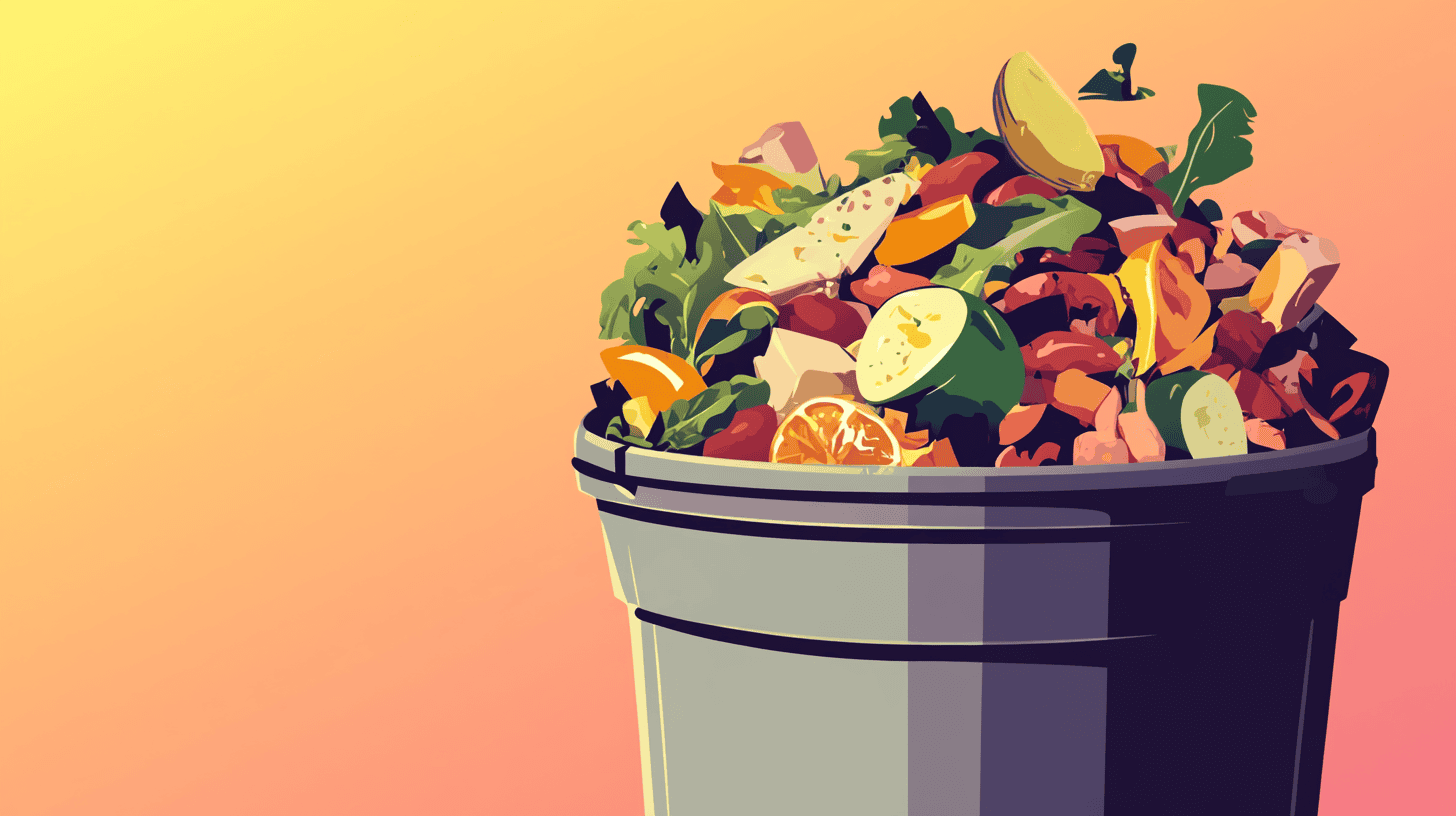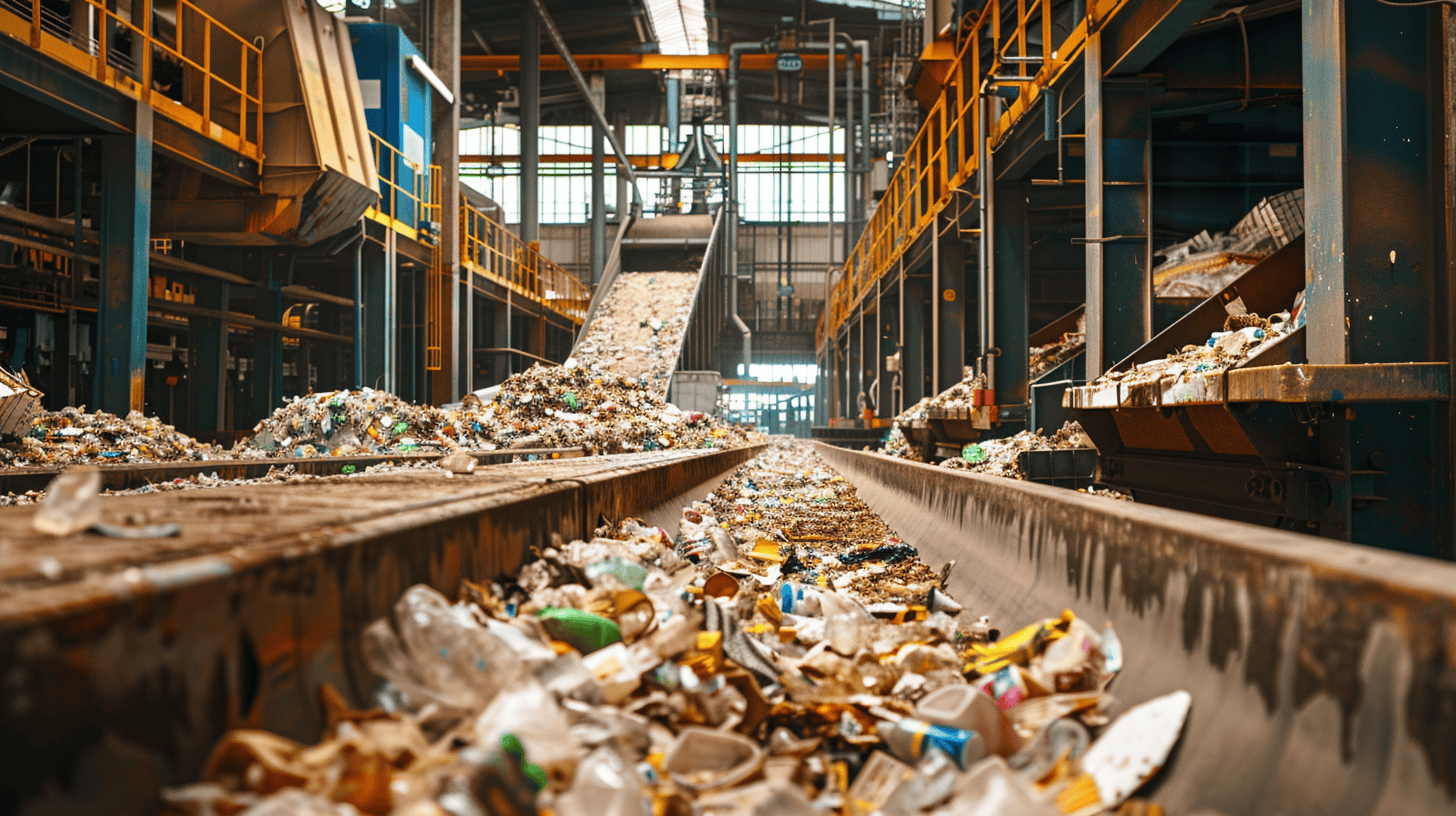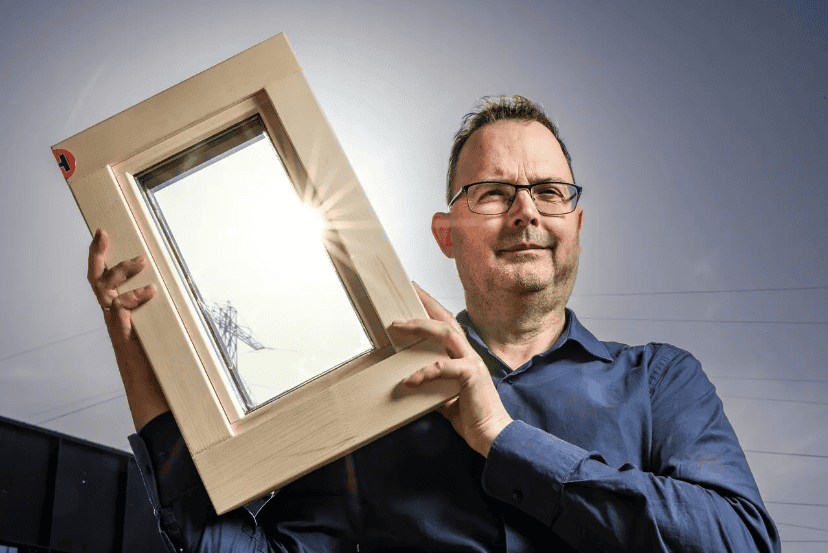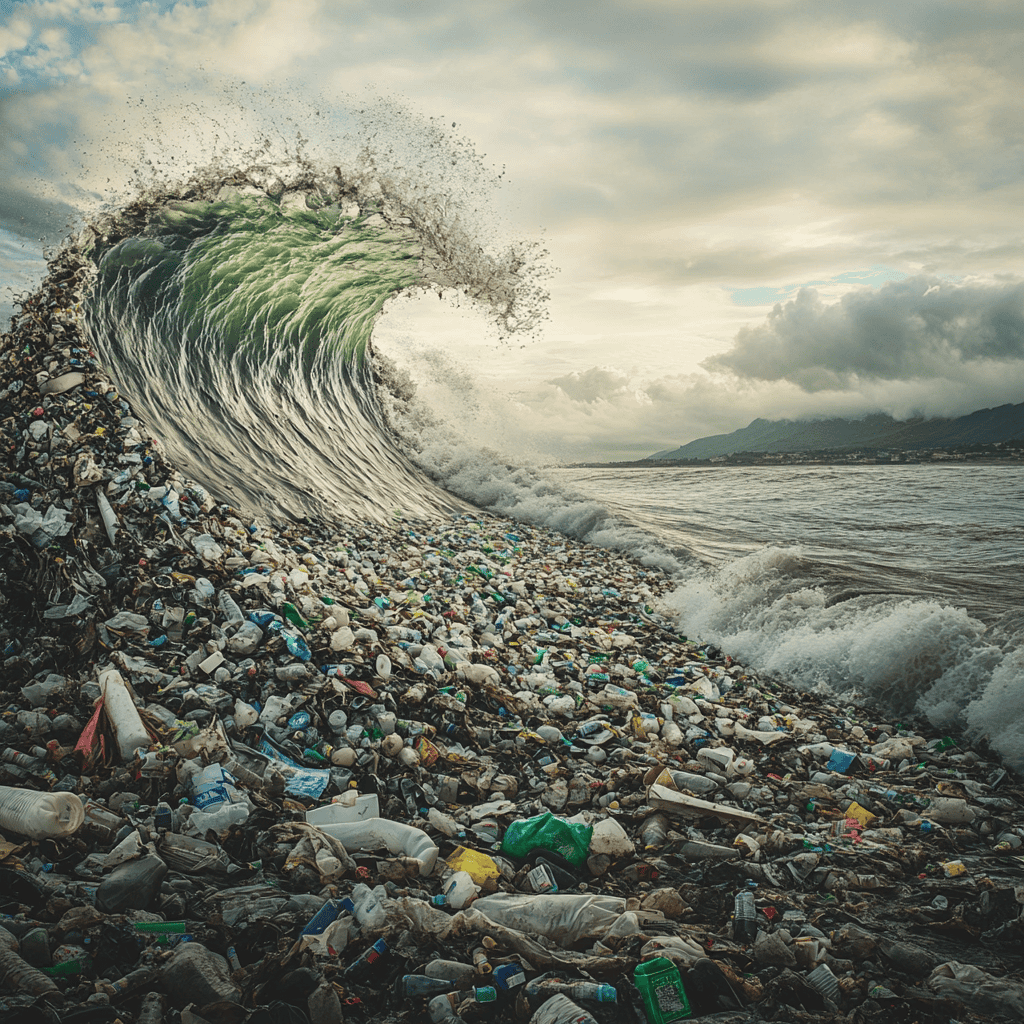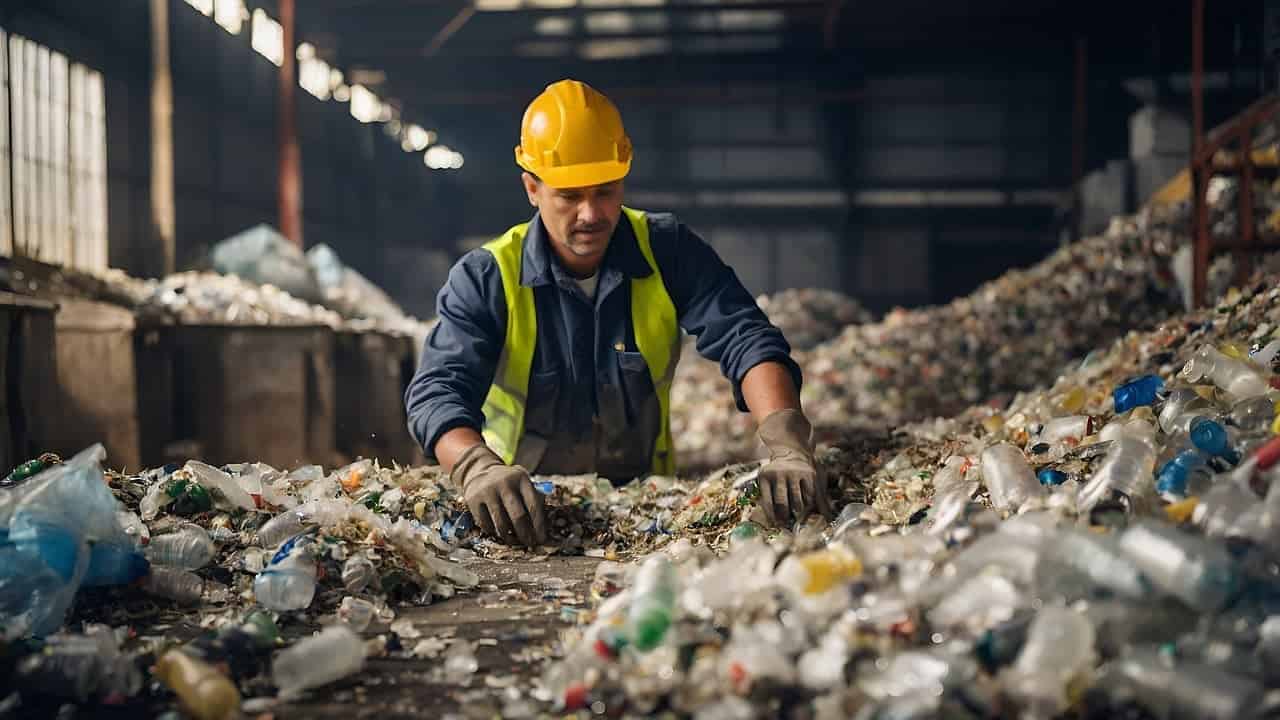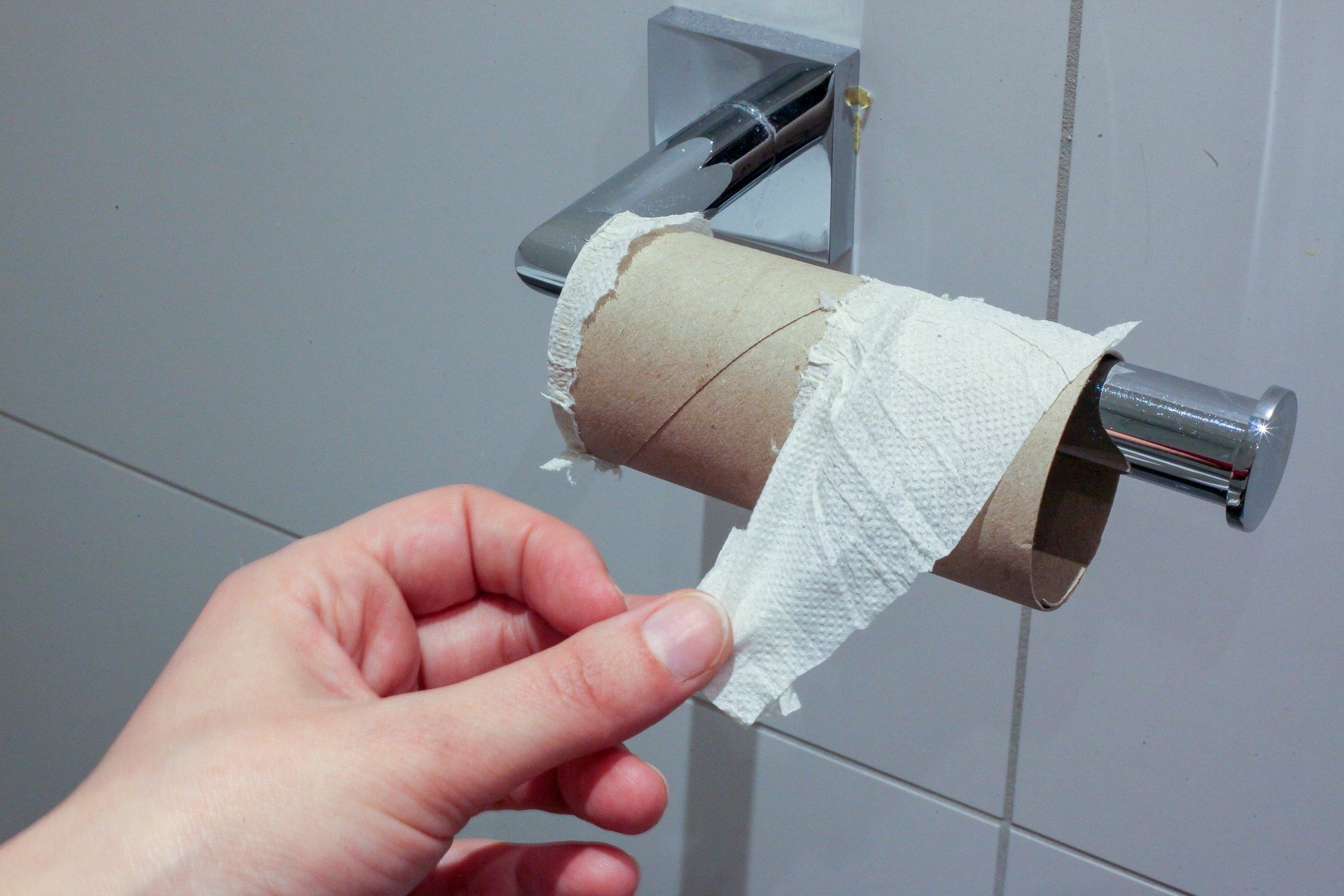
We all like a greasy snack from time to time. You walk into a fast food restaurant, place your order and five minutes later you are handed one of those plastic trays with a paper placemat, a cardboard hamburger box, a cardboard tray with fries and a tub of mayonnaise. You also grab a stack of serviettes for your greasy fingers. Another five minutes later, your belly is full and the trays are empty. You walk to the trash can and dump the whole mess in it placemat and all.
Now for the question: ‘What happens to your waste?’ Although fast food waste made out of paper and cardboard is actually still considered too dirty to throw out with scrap paper, it is not completely worthless. You can make new raw materials from the main component of paper –cellulose. This is what the Dutch company Recell group is working on.
Useful raw material
“Cellulose is an exceptionally useful fiber, which, oddly enough, we humans actually throw away an enormous amount of,” explains Erik Pijlman, founder of the Recell group. “You’re not just talking about all the packaging waste streams from the food industry, but also about toilet paper in our sewers, for instance.”
For example, the Recell group uses this cellulose to create a composite material. Composites combine different fibers to create a material that can be used to make all sorts of products that would normally be made out of plastic.
“In the manufacture of, say, a garden bench, this would enable us to replace about 65 percent of petroleum-derived plastic with this sustainable material,” Pijlman says.

Started off with sewage water
The first source of cellulose that the Recell group is capitalizing on is what we flush down the toilet every day. WC paper creates enormous amounts of cellulose in sewage. That’s why the company has entered into a partnership with the Dutch water authorities. This cuts both ways. Waste that cannot be recycled normally has to be incinerated. This produces a lot of emissions of a range of harmful gases. In addition, this incineration process leads to the loss of valuable primary raw materials.
“Even if you include the amount of energy that our processing takes, this process still has a positive environmental impact. Because we remove the cellulose from wastewater, it also cuts down on processing costs. That makes it cheaper for the water authorities and, in the end, also for the consumer,” Pijlman points out.
Economically viable
“Of course, the business world is intrinsically motivated to address sustainability, but you see things only really take off when there is also an economic incentive,” Pijlman explains. “Cellulose is a raw material that can be very useful for a relatively conservative production sector. As soon as this kind of substitute raw material becomes economically viable, it will be a lot easier for companies to switch to this alternative,” Pijlman says with enthusiasm.
Survival mode
Covid-19 posed quite a problem for developments in the cellulose industry. Pijlman noticed that in times of crisis, it is difficult to peddle the idea of such an innovative and promising development to the public. “You notice that companies have gone into survival mode for a while. They stick to their core business and hold off on any new developments.”
The war between Russia and the Ukraine has actually led to more interest in his company. Pijlman: “A war like this one is obviously terrible and it also shows how dependent you are when it comes to the supply of raw materials. Potential new raw material sources are crucial. Which is why we ultimately want all hamburger trays to be turned into useful raw materials.”



